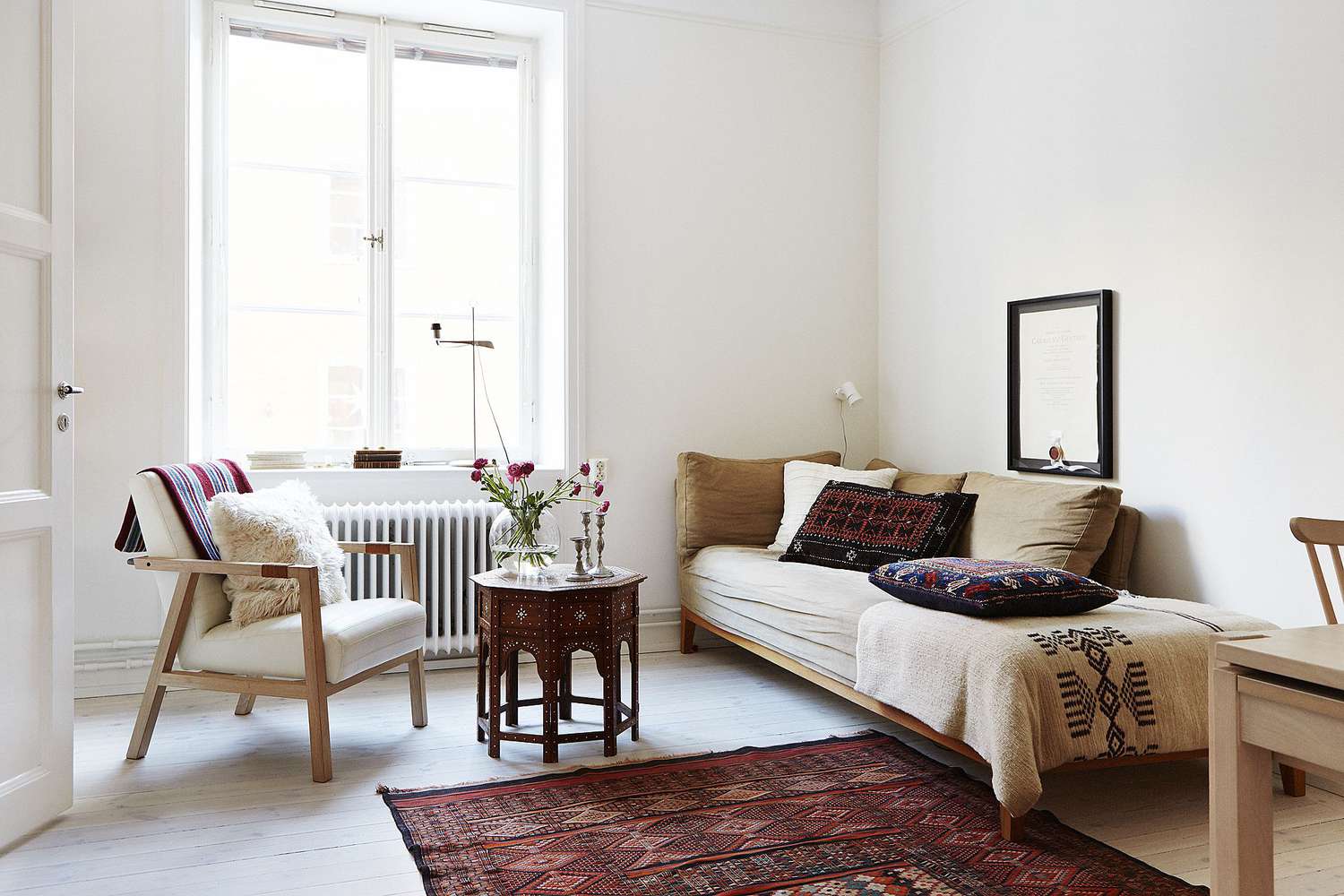

Articles
How To Decorate My Living Room On A Budget
Modified: January 19, 2024
Discover budget-friendly tips and articles on how to decorate your living room without breaking the bank. Transform your space with these creative ideas and expert advice.
(Many of the links in this article redirect to a specific reviewed product. Your purchase of these products through affiliate links helps to generate commission for Storables.com, at no extra cost. Learn more)
Introduction
Decorating a living room can be an exciting project, allowing you to transform your space into a cozy and stylish retreat. However, you may worry that decorating your living room on a budget is unattainable. The good news is that with some creativity, planning, and smart shopping, you can achieve a beautiful living room without breaking the bank.
Assessing your living room space is the first step in the process. Take a close look at the size, layout, and architectural features of the room. Consider the natural lighting, the position of windows and doors, and any unique characteristics that you can enhance or work around. This will guide your decision-making when it comes to furniture arrangement and decor selection.
Once you have a clear understanding of your living room’s layout, it’s time to set a budget. Determine how much you are willing to spend on the entire project, including furniture, paint, decor accessories, and any necessary renovations or repairs. Having a budget in place will help you prioritize your spending and make informed decisions along the way.
Before diving into the decoration process, decluttering and organizing your living room is crucial. Get rid of any unnecessary items, donate or sell what you no longer need, and organize the remaining items in a systematic and functional manner. This will not only create a cleaner and more spacious environment, but it will also provide a fresh canvas for your new decor.
Paint and wall decor play a significant role in transforming the look and feel of a room. Opt for neutral or light-colored paint to create a sense of openness and versatility. If you’re feeling adventurous, consider an accent wall or adding wallpaper for a pop of color or texture. When it comes to wall decor, you don’t have to break the bank. Look for affordable artwork, mirrors, or even DIY wall hangings that reflect your personal style.
Furniture arrangement and selection can make or break the functionality and aesthetics of a living room. Start by determining the focal point of the room, whether it’s a fireplace, a window with a view, or a television. Arrange your furniture around this focal point to create a cozy and inviting atmosphere. If you’re on a budget, consider second-hand furniture stores, online marketplaces, or even repurposing existing furniture to fit your desired style.
Key Takeaways:
- Transform your living room into a cozy retreat on a budget by assessing your space, setting a realistic budget, and embracing DIY creativity for unique and personalized decor.
- Utilize affordable shopping tips, upcycling furniture, and adding personal touches to create a stylish and meaningful living room that reflects your individuality and stays within your financial means.
Read more: How To Decorate A Living Room
Assessing your Living Room Space
Before embarking on any decorating project, it’s important to assess your living room space. Understanding your room’s features, layout, and limitations will help you make informed decisions and optimize the use of space. Here are some key factors to consider when assessing your living room:
- Size: Take measurements of your living room, including the length, width, and height of the space. This will give you a clear understanding of the available area and help you determine the appropriate size of furniture and decor items.
- Layout: Consider the existing layout of your living room. Take note of the position of windows, doors, and architectural features such as fireplaces or built-in shelving units. This will guide your choices in furniture placement and ensure that you make the most of the room’s natural flow.
- Lighting: Evaluate the natural lighting in your living room. Take note of the direction of the windows and how sunlight enters the space throughout the day. This will help you determine whether you need additional lighting fixtures or if you can rely on natural light.
- Functionality: Assess how you use your living room and what activities take place in the space. Do you often entertain guests? Do you need a designated area for watching TV or reading? Understanding the functionality of your living room will help you choose furniture and decor that align with your needs.
- Architectural Features: Take note of any unique architectural features in your living room, such as exposed brick walls, decorative moldings, or high ceilings. These features can serve as focal points or inspiration for your decor choices.
- Storage: Evaluate the storage options in your living room. Determine whether you have enough space for storage furniture like bookshelves, cabinets, or ottomans with hidden compartments. Optimizing storage space will help you keep your living room organized and clutter-free.
By carefully assessing your living room space, you can better understand its potential and limitations. This knowledge will guide your decision-making process as you move forward with budget-friendly decorating ideas and furniture selection. Remember, the goal is to create a space that reflects your personal style and meets your functional needs, all while staying within your budget.
Setting a Budget
When it comes to decorating your living room on a budget, setting a clear budget is essential. Without a budget in place, it’s easy to overspend and end up with a project that exceeds your financial means. Here are some steps to help you set a realistic budget for your living room makeover:
- Assess Your Finances: Take a close look at your current financial situation and determine how much you can comfortably allocate to your living room project. Consider your monthly income, expenses, and any other financial obligations you have.
- Identify Priorities: Determine what aspects of your living room makeover are most important to you. Do you want to invest in high-quality furniture? Or are you more focused on finding budget-friendly decor pieces? Knowing your priorities will help you allocate your budget accordingly.
- Research Costs: Do some research to gain an understanding of the average costs for furniture, paint, decor, and any other items or services you’ll need. Check online marketplaces, visit furniture stores, and compare prices to get a sense of what fits within your budget.
- Break Down the Budget: Divide your overall budget into categories. Allocate a specific amount for furniture, paint, decor, and any other expenses you anticipate. This will help you stay organized and track your spending throughout the project.
- Be Realistic: Be honest with yourself about what you can afford. It’s important to set a budget that is realistic and manageable for you. Avoid stretching your finances too thin, as this can lead to financial stress and dissatisfaction with the final outcome.
- Account for Unexpected Costs: Leave some room in your budget for unexpected expenses that may arise during the project. It’s common for surprises to occur, such as the need for extra paint or unexpected repairs. Having a buffer in your budget will help you handle these situations without straining your finances.
Remember, setting a budget doesn’t mean compromising on style or quality. It simply means being conscious of your financial limitations and making smart choices within those parameters. By setting a budget and sticking to it, you’ll have a clear roadmap for your living room makeover and can confidently make decisions that align with your financial goals.
Decluttering and Organizing
One of the most crucial steps in decorating your living room on a budget is decluttering and organizing your space. Clearing out unnecessary items and creating an organized environment will not only make your living room feel more spacious and functional but also serve as a solid foundation for your new decor. Follow these tips to declutter and organize your living room:
- Purge Unnecessary Items: Start by going through every item in your living room and decide what to keep, donate, or throw away. Get rid of items that are broken, outdated, or no longer serve a purpose in your space. De-cluttering will create more room and make it easier to organize the remaining items.
- Assign a Home for Everything: Give each item in your living room a designated place to reside. Use storage baskets, bins, or shelves to keep like items together and make them easily accessible. Having a specific spot for each item will help prevent clutter from accumulating in the future.
- Create Functional Storage Solutions: Invest in furniture pieces that offer storage options, such as ottomans with hidden compartments or coffee tables with built-in shelves. These dual-purpose furniture pieces will maximize your storage space and keep your living room organized.
- Utilize Vertical Space: Make use of wall-mounted shelves or floating shelves to take advantage of vertical space. This will not only create storage opportunities but also add visual interest to your living room decor.
- Go Digital: Minimize paper clutter by digitizing documents and files. Scan important papers and store them electronically to reduce the amount of physical clutter in your living room.
- Establish Cleaning Routines: Set a regular cleaning schedule to maintain the organization of your living room. Simple tasks like dusting and vacuuming on a weekly basis will help keep your space clutter-free and enjoyable to be in.
Decluttering and organizing your living room is a vital step in the decorating process. Not only will it create a clean and organized space, but it will also prevent you from purchasing unnecessary items or duplicating belongings you already have. Take the time to declutter and organize properly, and you’ll lay the foundation for a beautifully decorated and functional living room on a budget.
Paint and Wall Decor
One of the most impactful and cost-effective ways to transform your living room is through paint and wall decor. With a fresh coat of paint and carefully selected wall decor, you can create a personalized and stylish atmosphere. Here are some tips to consider when using paint and wall decor in your living room:
- Choose the Right Paint Color: Selecting the right paint color is key to setting the tone and mood of your living room. Opt for neutral tones or light shades to create a sense of openness and versatility. If you want to add a pop of color, consider painting an accent wall to create a focal point in the room.
- Experiment with Wallpaper: Wallpaper can add texture, pattern, and visual interest to your living room walls. Consider using wallpaper on a single wall as a statement piece or as a backdrop for shelves or artwork. There are many affordable options available, including peel-and-stick wallpaper that is easy to install and remove.
- Create a Gallery Wall: Gallery walls are a popular and budget-friendly way to showcase artwork, photographs, or prints. Arrange a collection of frames on one wall and fill them with a mix of personal photographs, artwork, or even pages from magazines. This can add a personalized touch to your living room decor.
- DIY Wall Art: Get creative and make your own wall art to save money. Use canvas, fabric, or repurpose materials such as old frames, driftwood, or vintage maps to create unique and budget-friendly pieces that reflect your personal style.
- Mirrors for Illusion of Space: Mirrors can create the illusion of a larger space and reflect light, making your living room feel brighter and more open. Place a large mirror on a wall opposite a window to maximize the natural light and enhance the overall aesthetic of the room.
- Wall Shelves for Function and Style: Install wall shelves to display decorative items, books, or plants. This not only adds visual interest but also provides extra storage space. Look for affordable floating shelves or consider DIY options using reclaimed wood or repurposed materials.
When it comes to paint and wall decor, creativity is key. Explore different color palettes, experiment with patterns, and mix and match textures to create a unique and personalized living room. Don’t be afraid to let your personality shine through your choice of wall decor, whether it’s through artwork, photographs, or DIY creations.
The beauty of paint and wall decor is that they can be easily updated and changed over time. So, feel free to refresh your living room with a new coat of paint or swap out wall decor to keep your space updated and inspiring without breaking the bank. The possibilities are endless when it comes to creating a stunning and budget-friendly living room using paint and wall decor.
Read more: How To Divide A Living Room And Dining Room
Furniture Arrangement and Selection
Furniture arrangement and selection are key elements in creating a functional and visually appealing living room. With thoughtful planning and a budget-conscious mindset, you can arrange and select furniture that maximizes your space and enhances the overall ambiance. Here are some tips to consider when it comes to furniture arrangement and selection:
- Determine the Focal Point: Identify the focal point of your living room, such as a fireplace, a window with a view, or a television. Arrange your furniture around this focal point to create a cohesive and inviting layout.
- Measure Your Space: Before purchasing furniture, take accurate measurements of your living room. Consider the dimensions of the room as well as any doorways, hallways, or other obstacles that may impact furniture placement.
- Consider Multi-functional Pieces: Opt for furniture that serves multiple purposes. For example, choose a coffee table with built-in storage or an ottoman that can also be used as extra seating. Multi-functional furniture can help you maximize space and stay within your budget.
- Shop Second-Hand: Look for quality second-hand furniture options at thrift stores, consignment shops, or online marketplaces. You can find beautiful, budget-friendly pieces that just need a little love and creativity to fit perfectly into your living room.
- Repurpose Existing Furniture: Don’t overlook the potential of your existing furniture. With a fresh coat of paint or new upholstery, you can transform outdated or worn-out pieces into stylish and unique additions to your living room.
- Consider Space-Saving Solutions: If your living room is on the smaller side, opt for space-saving furniture options. Look for items like loveseats, armless chairs, or modular sofas that can be easily rearranged to fit your space.
- Mix and Match Styles: Mixing different furniture styles can add visual interest and personality to your living room. Don’t be afraid to incorporate a mix of modern, vintage, or eclectic pieces to create a unique and curated look.
- Utilize Area Rugs: Area rugs can define and anchor different areas within your living room. Use rugs to create separate zones for seating, a reading nook, or a media area. Look for affordable options that complement the overall color scheme and style of your living room.
Remember, furniture arrangement and selection should prioritize the function and flow of your living room. Create conversation areas, allow for easy movement, and ensure that your furniture choices align with your lifestyle and needs. By carefully considering these factors and exploring budget-friendly options, you can create a well-designed and comfortable living room that meets your style preferences and financial constraints.
Affordable Shopping Tips
When decorating your living room on a budget, finding affordable furniture and decor is essential. With these budget-friendly shopping tips, you can create a stylish and inviting space without breaking the bank:
- Shop Sales and Clearance: Keep an eye out for sales, discounts, and clearance events at furniture stores and home decor retailers. This is a great opportunity to score quality pieces at a fraction of the original price.
- Consider Second-Hand Options: Browse thrift stores, consignment shops, and online marketplaces for gently used furniture and decor. You can often find unique and high-quality items at significantly reduced prices.
- Attend Home Decor Swaps or Flea Markets: Check your local area for home decor swaps or flea markets, where you can find pre-loved items at affordable prices. These events often offer a wide variety of furniture, accessories, and decor pieces.
- Explore Online Auctions and Classifieds: Websites and apps that host online auctions or classified listings can be a treasure trove of affordable furniture. Bid or negotiate prices to get the best deals on items that match your style and budget.
- Visit Discount Stores: Discount stores and outlets often offer a range of affordable furniture and decor options. Explore these stores to find budget-friendly pieces that suit your taste.
- DIY and Upcycle: Get creative and personalize your living room decor through DIY projects. Transform old furniture with a fresh coat of paint or repurpose materials to create unique and budget-friendly decor pieces.
- Borrow or Swap with Friends and Family: Check with friends and family to see if they have any furniture or decor items they no longer need. Borrow or swap items to freshen up your living room without spending a dime.
- Shop Online and Compare Prices: Utilize online shopping platforms to compare prices and find the best deals. Look for free shipping or discount codes to save even more on your purchases.
- Consider Renting Furniture: If you’re looking for short-term solutions or want to experiment with different styles, consider renting furniture. Rental companies offer a variety of furniture options at affordable monthly rates.
- Wait for Holiday Sales: Take advantage of holiday sales, such as Black Friday or Cyber Monday, to snag deals on furniture and decor items. Plan your purchases ahead of time and be prepared to shop during these sales events.
With these affordable shopping tips, you can find stylish and budget-friendly furniture and decor for your living room. Remember to prioritize quality, versatility, and functionality when making your purchasing decisions. By being patient, resourceful, and willing to think outside the box, you can create a beautiful living room that reflects your personality and stays within your budget.
DIY Decor Ideas
Adding a personal touch to your living room doesn’t have to be expensive. DIY decor allows you to unleash your creativity and create one-of-a-kind pieces that reflect your style and personality. Here are some DIY decor ideas for your living room:
- Gallery Wall: Create a gallery wall using framed photographs, artwork, and inspirational quotes. Arrange them in different sizes and shapes for a visually appealing display.
- Macrame Wall Hanging: Learn the art of macrame and create your own wall hanging using cotton cord or yarn. Customize it with different knot patterns and hang it as a statement piece.
- Pallet Furniture: Upcycle wooden pallets to create unique furniture pieces such as a coffee table, bookshelf, or even a TV stand. Sand and paint the pallets to match your living room decor.
- Wine Cork Bulletin Board: Save your wine corks and attach them to a square or rectangular frame to create a bulletin board. Use it to display memos, photos, or postcards.
- Painted Mason Jars: Give empty mason jars a fresh coat of paint and use them as vases or candle holders. Arrange them on a shelf or table for a rustic, yet chic, look.
- Reclaimed Wood Shelves: Find reclaimed wood and repurpose it into stylish shelves. Sand and stain the wood to enhance its natural beauty and use them to display plants or decor items.
- Decorative Pillow Covers: Sew your own decorative pillow covers using fabric of your choice. Experiment with different patterns and textures to add a personalized touch to your sofas or chairs.
- Painted Accent Wall: Create a statement in your living room by painting an accent wall. Choose a bold color or unique pattern to make it stand out and complement the rest of the room.
- Repurposed Furniture: Give old furniture a new lease on life by repurposing it. Turn an old dresser into a media console or transform a ladder into a bookshelf. Get creative with your ideas!
- DIY Artwork: Paint or draw your own artwork to hang on the walls. Abstract designs, landscapes, or even simple geometric patterns can add a personal touch to your living room.
These DIY decor ideas allow you to express your creativity and customize your living room on a budget. Not only will you save money by making your own decor, but you’ll also create unique and meaningful pieces that will make your living room truly yours. Dive into the world of DIY and have fun transforming your living space into a reflection of your personal style.
Upcycling and Repurposing Furniture
Upcycling and repurposing furniture is a fantastic way to bring new life to old or unwanted pieces while adding a creative and eco-friendly touch to your living room decor. Not only does it provide a unique and personalized look to your space, but it also helps reduce waste and contributes to a more sustainable lifestyle. Here are some ideas and tips for upcycling and repurposing furniture in your living room:
- Paint and Stain: One of the easiest ways to transform furniture is to give it a fresh coat of paint or stain. Choose colors that match your living room’s theme or go for a bold and contrasting look. Sanding the surface beforehand will help the paint adhere better.
- Reupholstering: Change the fabric on chairs, sofas, or ottomans to give them a new look. Choose a durable and visually appealing fabric that complements your living room decor. With some basic sewing skills, you can easily reupholster furniture to match your style.
- Repurpose for Different Function: Think outside the box and repurpose furniture for a different function. For example, transform a vintage suitcase into a unique coffee table or use an old ladder as a bookshelf. Let your imagination run wild and create functional pieces with character.
- Add Decorative Accents: Enhance the beauty of furniture by adding decorative accents. Attach new hardware or knobs to drawers and cabinets, apply wallpaper or contact paper to the back of shelves or bookcases, or incorporate stenciling or decoupage techniques to breathe new life into surfaces.
- Mix and Match Pieces: Combine different furniture pieces to create a cohesive and eclectic look. Don’t be afraid to mix styles and materials. For instance, pairing a modern table with vintage chairs or using an old door as a tabletop can create a unique and captivating focal point in your living room.
- Explore Storage Solutions: Repurpose furniture to add more storage options. Turn an old trunk into a stylish storage coffee table or repurpose a vintage dresser as a media console. Look for opportunities to incorporate hidden compartments or shelving units into repurposed furniture.
- Revive with Accessories: Use accessories to refresh and update existing furniture. Add new cushions or throws to a tired sofa, or drape a decorative tablecloth over a worn-out table. These small touches can make a big difference in reviving the look of your living room furniture.
- Experiment with Finishes: Consider experimenting with different finishes to create unique textures and effects. Distressing, whitewashing, or using metallic paints can transform the appearance of furniture and give it a distinct personality.
Upcycling and repurposing furniture not only allows you to save money but also gives you the opportunity to infuse your living room with your own personal style and creativity. By finding new purposes and giving old pieces a fresh look, you’ll provide a sustainable and unique touch to your living room while reducing waste and embracing a more environmentally friendly approach to home decor.
Consider using removable wallpaper or decals to add a pop of color or pattern to your living room walls. They are affordable, easy to apply, and can be removed without damaging the paint underneath.
Window Treatments and Lighting
Window treatments and lighting play a crucial role in creating a welcoming and stylish living room. They not only enhance the overall aesthetics of the space but also serve functional purposes like providing privacy, controlling natural light, and adding warmth and ambiance. Here are some tips for choosing window treatments and lighting in your living room:
Window Treatments:
- Curtains or Drapes: Choose curtains or drapes that complement the style of your living room. Opt for lightweight fabrics like linen or sheer for an airy and breezy look. If you prefer a formal or more private setting, consider heavier fabrics like velvet or jacquard.
- Blinds or Shades: Blinds or shades offer versatile light control options. Venetian blinds, Roman shades, or bamboo shades can provide privacy while still allowing natural light to filter in. Consider the materials and colors that align with your living room’s aesthetic.
- Layering Window Treatments: Combine different window treatments for a layered and dynamic look. For example, you can pair curtains with blinds or shades to give you multiple options for light control and privacy.
- Consider Functionality: Consider the functionality you need in your living room. Would you like blackout curtains for better sleep or media viewing? Do you need curtains that insulate against heat or cold? Choose window treatments that meet your specific needs.
- DIY Window Treatment Projects: Get creative and make your own window treatments. You can sew or dye your own curtains, repurpose vintage linens, or even use scarves or fabric remnants to create unique and budget-friendly window coverings.
Lighting:
- Layer Lighting Sources: Incorporate multiple lighting sources to create depth and ambiance in your living room. This can include overhead fixtures, floor lamps, table lamps, and even decorative string lights.
- Natural Light: Make the most of natural light by keeping windows clear and using light-colored window treatments that allow light to filter through. Arrange furniture in a way that maximizes the natural light in your living room.
- Task Lighting: Incorporate task lighting for specific purposes like reading or working. Place adjustable desk lamps or floor lamps near seating areas or workspaces to provide focused light where it’s needed.
- Ambient Lighting: Use ambient lighting to create a warm and inviting atmosphere. This can be achieved with dimmable overhead fixtures, wall sconces, or even candlelight for a cozy and relaxing vibe.
- LED Lighting: Consider using energy-efficient LED lighting options to save on electricity costs. LEDs are long-lasting and come in various color temperatures, allowing you to customize the lighting ambiance in your living room.
- Accent Lighting: Highlight specific features or decor elements in your living room with accent lighting. Use spotlights or track lighting to showcase artwork, architectural details, or statement pieces of furniture.
When selecting window treatments and lighting for your living room, consider both style and functionality. Take into account the natural light available, the mood you want to create, and the activities that will take place in the room. With the right window treatments and lighting choices, you can create a comfortable and visually appealing living room that suits your needs and reflects your personal style.
Styling with Accessories and Textiles
Accessories and textiles are the finishing touches that can truly transform your living room into a cozy and inviting space. They add personality, texture, and pops of color, allowing you to showcase your individual style. Here are some tips for styling your living room with accessories and textiles:
Read more: What Pictures To Hang In Living Room
Accessories:
- Statement Pieces: Choose a few statement pieces that will anchor the overall look of your living room. This could be a bold piece of artwork, a unique sculpture, or an eye-catching vase.
- Decorative Vignettes: Create decorative vignettes by grouping various accessories together. Combine objects of different heights, textures, and sizes to create visual interest. Play with elements like candles, books, plants, or decorative trays.
- Mirrors: Use mirrors strategically to add depth, reflect light, and visually expand the space. Hang a large mirror on a wall or lean it against a wall to create a focal point and make your living room feel more spacious.
- Personal Touches: Display personal items that hold sentimental value to you. This could be family photographs, souvenirs from your travels, or heirlooms from loved ones. Incorporating these personal touches adds warmth and makes your living room feel more like home.
- Plants and Greenery: Bring life and freshness into your living room by incorporating plants and greenery. Choose low-maintenance plants that thrive indoors and suit your lifestyle. They not only add a natural element but also help purify the air.
Textiles:
- Throw Pillows and Blankets: Add comfort and style with throw pillows and blankets. Choose a variety of textures, colors, and patterns that complement your living room’s color scheme and furniture. Mix and match different sizes and shapes for a layered and inviting look.
- Rugs: Anchor your living room seating area with a rug. Choose a size that allows all furniture legs to sit on the rug, creating a cohesive grouping. Consider the texture and pattern of the rug to add visual interest to your space.
- Window Treatments: Use curtains or blinds that not only provide privacy but also add texture and softness to your living room. Consider patterns or fabrics that complement your overall design aesthetic.
- Table Linens: Dress up your coffee table or dining table with table runners, placemats, or tablecloths. These textiles can add color and texture while protecting your surfaces.
- Decorative Fabric Elements: Introduce decorative fabric elements such as tapestries, wall hangings, or upholstered accent chairs. These pieces add warmth, texture, and visual interest to your living room walls and furniture.
When styling with accessories and textiles, it’s important to strike a balance. Avoid over-cluttering your space with too many items. Instead, focus on creating intentional arrangements that enhance the overall aesthetic and reflect your personal style. Experiment with different combinations of accessories and textiles until you achieve a cohesive and visually pleasing look that makes your living room feel like a true reflection of you.
Final Touches and Personalization
The final touches and personalization of your living room are what truly make it feel like home. These small yet impactful details add character, reflect your individuality, and create a space that is uniquely yours. Here are some ideas for adding those final touches and personalization to your living room:
- Display Personal Collections: Showcase your hobbies or interests by displaying personal collections. Arrange items such as books, vinyl records, or vintage cameras on shelves or in curated vignettes.
- Hang Artwork and Photographs: Create a gallery wall or hang artwork and photographs that inspire you or hold sentimental value. Mix different mediums, sizes, and frames for an eclectic and personalized display.
- Add a Statement Light Fixture: Install a unique light fixture that serves as a focal point in your living room. Consider a chandelier, pendant light, or a captivating floor lamp to add both function and personality.
- Create a Reading Nook: Designate a cozy corner in your living room as a reading nook. Add a comfortable chair or chaise lounge, a small side table for books and a reading light, and a soft blanket for a relaxing and inviting space.
- Decorate with Meaningful Artifacts: Incorporate artifacts or souvenirs from your travels or meaningful mementos that hold cherished memories. These items will not only add personal significance but also serve as conversation pieces.
- Add Scented Candles or Diffusers: Fill your living room with inviting scents by using scented candles or diffusers. Choose fragrances that align with your preferences and create a warm and comforting atmosphere.
- Showcase Personal Achievements: Display diplomas, awards, or certificates on the wall to celebrate personal achievements. This not only adds a personalized touch but also creates a sense of pride and accomplishment in your living room.
- Introduce Fresh Flowers or Plants: Bring life and natural beauty into your living room by incorporating fresh flowers or indoor plants. This adds a touch of freshness to the space and creates a calming and vibrant ambiance.
- Use Meaningful Textiles: Incorporate textiles, such as throw pillows or blankets, that have personal significance—whether it’s a handmade quilt passed down through generations or a pillow cover from a memorable trip.
- Include Personalized Accessories: Consider personalized accessories like monogrammed throw pillows, customized picture frames, or engraved decorative objects. These items add a personal and special touch to your living room.
When adding final touches and personalization, the key is to choose items that truly resonate with you and reflect your life experiences, interests, and values. These small elements breathe life into your living room, making it a space that is not only stylish but also meaningful and filled with your personal story.
Conclusion
Decorating your living room on a budget is an enjoyable and rewarding process that allows you to create a space that truly reflects your personal style and taste. By following the tips and strategies outlined in this article, you can transform your living room into a cozy and stylish retreat without breaking the bank.
Assessing your living room space, setting a budget, decluttering and organizing, and selecting the right paint colors are essential steps to lay the foundation for your living room makeover. Additionally, thoughtful furniture arrangement and selection, along with affordable shopping tips and DIY decor ideas, allow you to create a beautiful and unique space that suits your needs and aligns with your budget.
Remember to pay attention to window treatments, lighting, and the styling of accessories and textiles as they provide the finishing touches and personalization that make your living room truly yours. Incorporating personal mementos, displaying artwork and photographs, and adding meaningful accessories will give your living room a sense of warmth and reflect your individuality.
Throughout the process, embrace creativity and think outside the box. Upcycling and repurposing furniture, exploring second-hand options, or trying your hand at DIY projects will not only save money but also add a distinctive and eco-friendly touch to your living room decor.
With careful planning, smart shopping, and a touch of DIY creativity, you can create a living room that you are proud of and that provides a comfortable and inviting space for you and your loved ones to gather and enjoy. So go ahead, unleash your inner decorator, and transform your living room on a budget into a personal sanctuary that reflects your unique style and personality.
Frequently Asked Questions about How To Decorate My Living Room On A Budget
Was this page helpful?
At Storables.com, we guarantee accurate and reliable information. Our content, validated by Expert Board Contributors, is crafted following stringent Editorial Policies. We're committed to providing you with well-researched, expert-backed insights for all your informational needs.
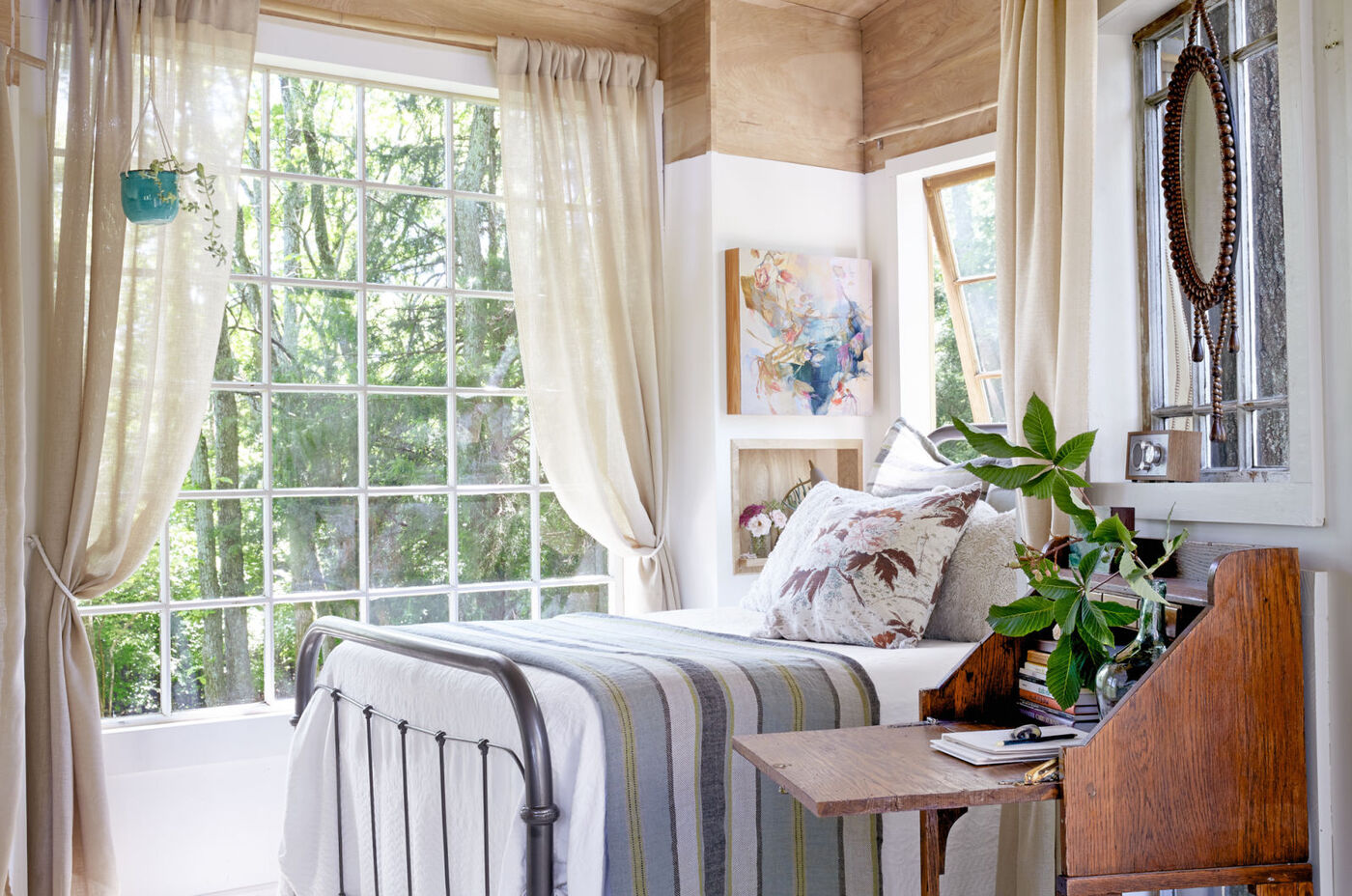
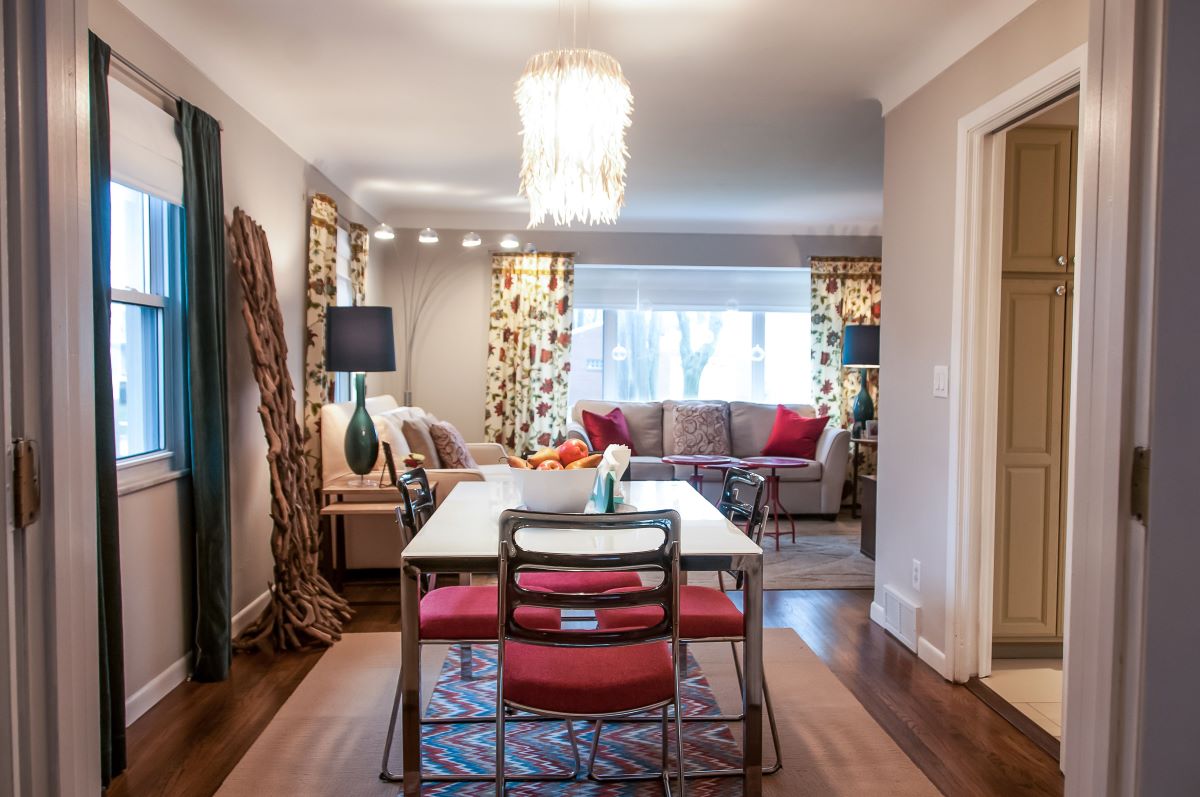
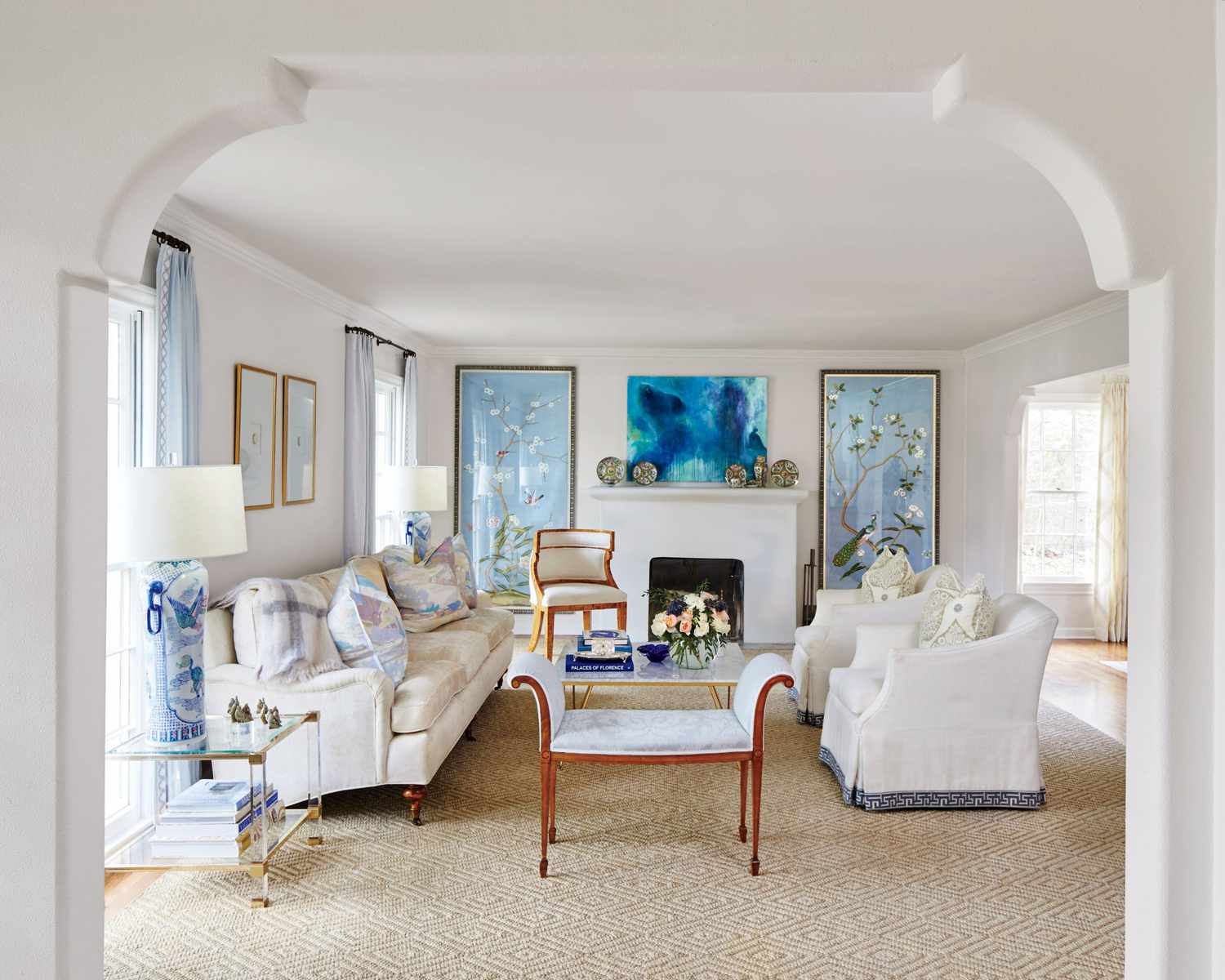
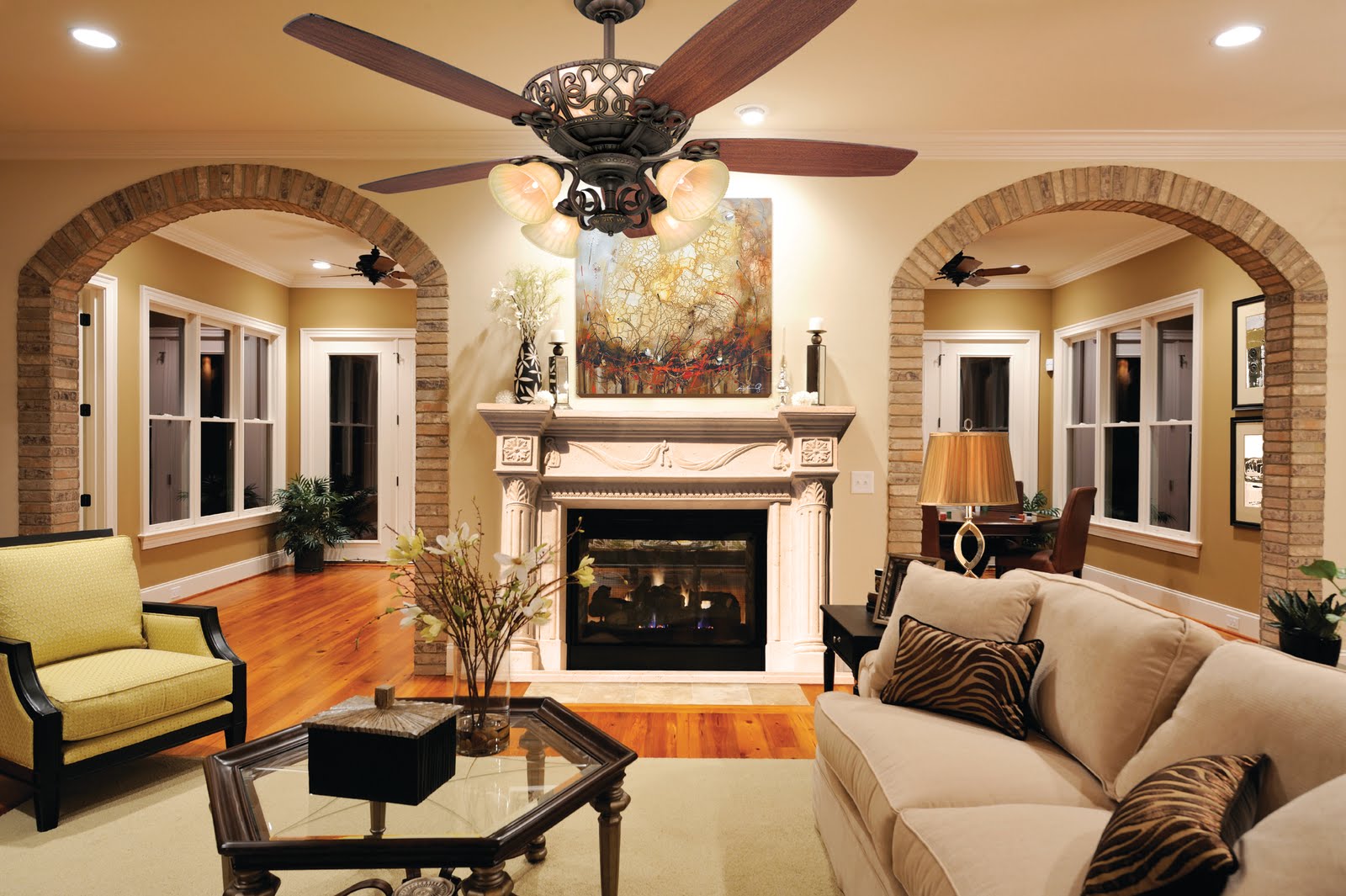
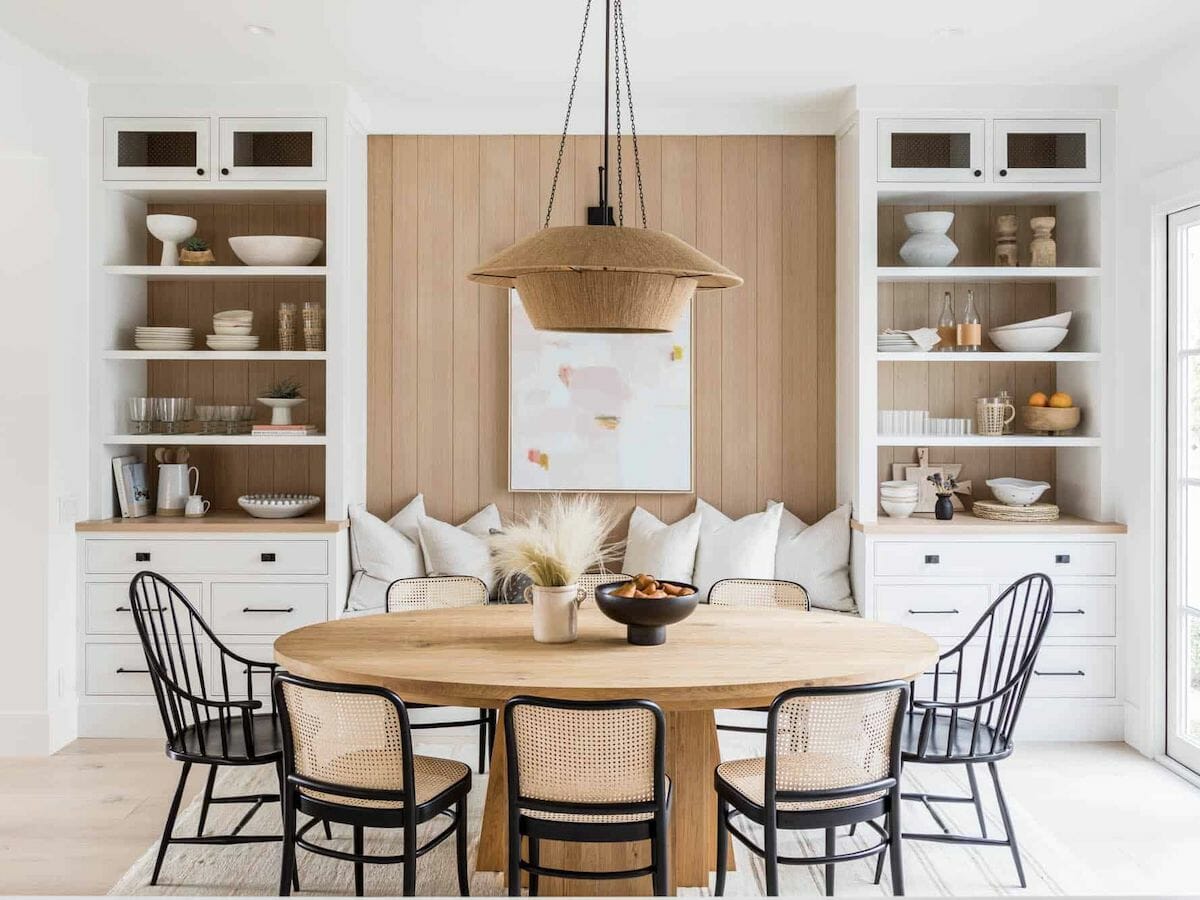
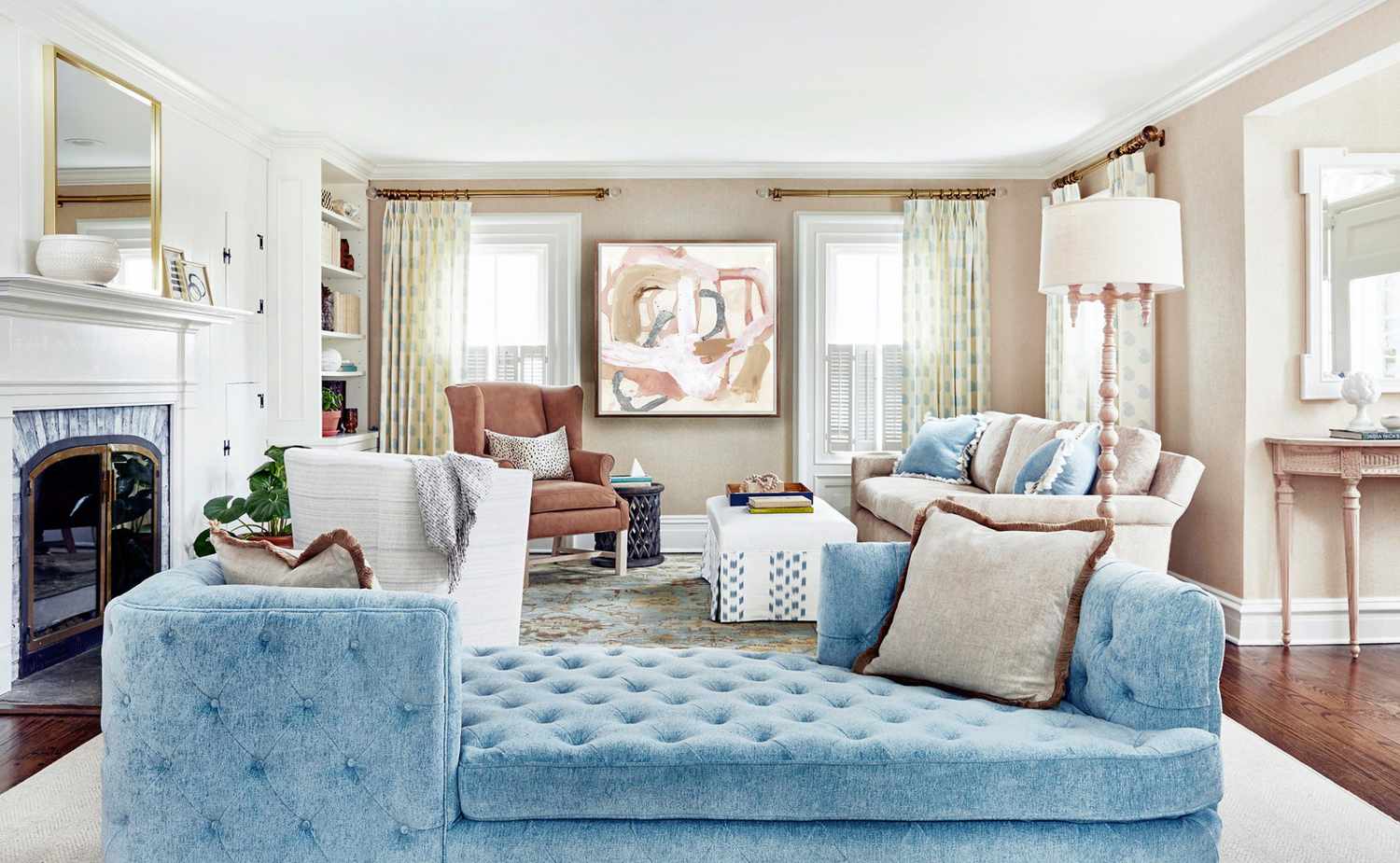
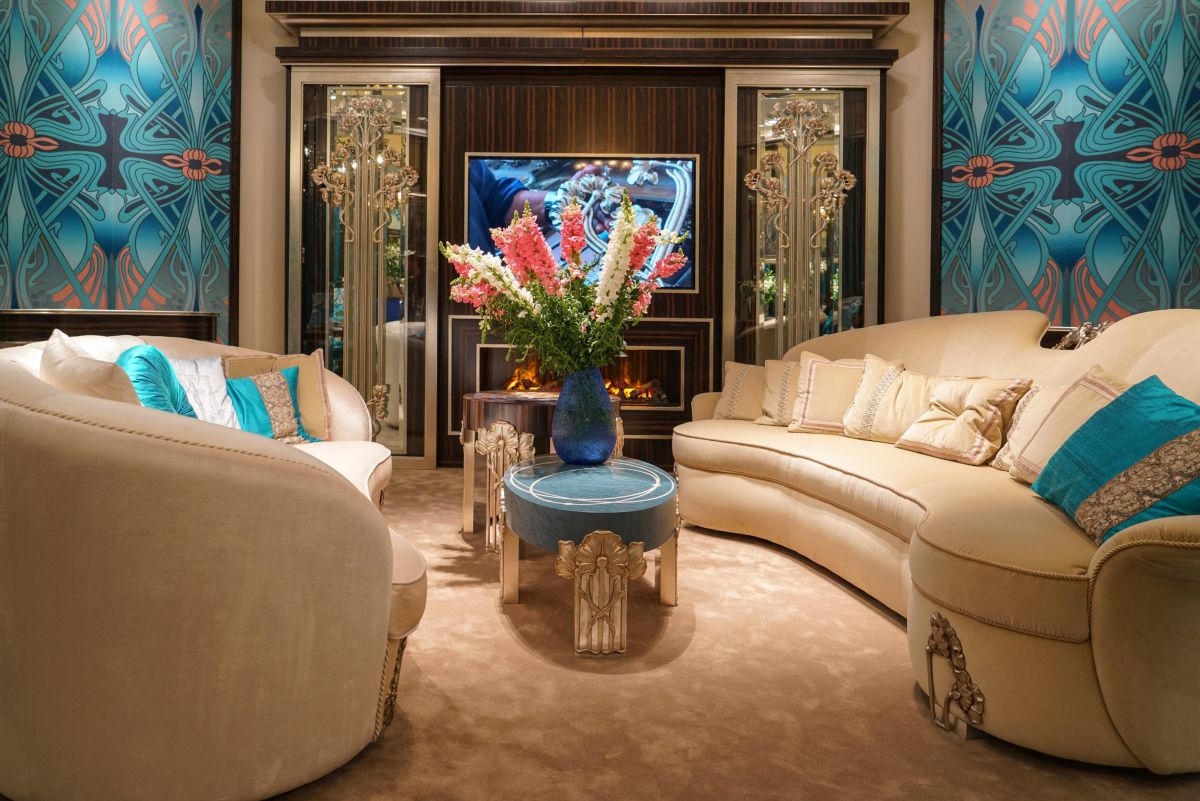
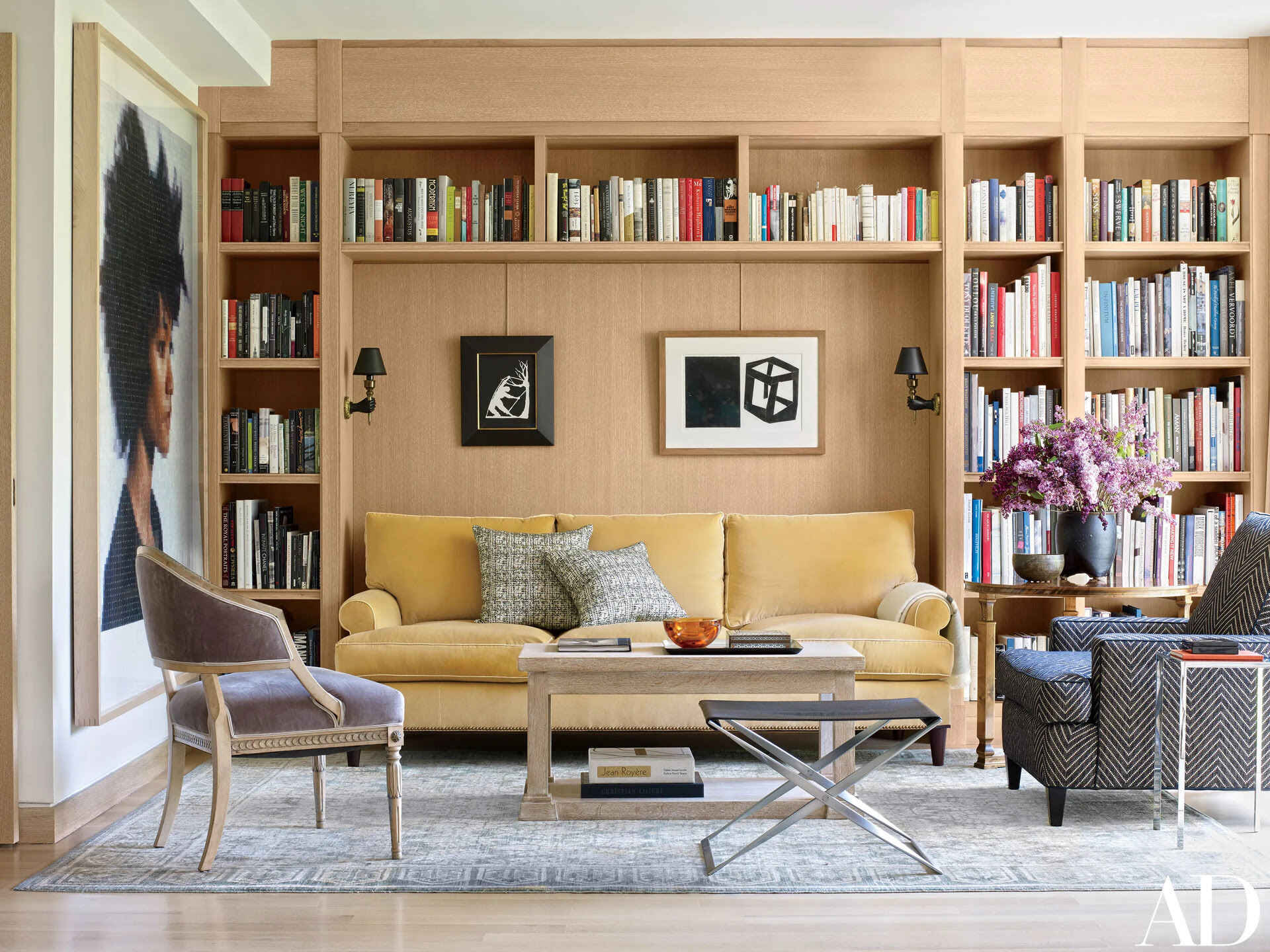
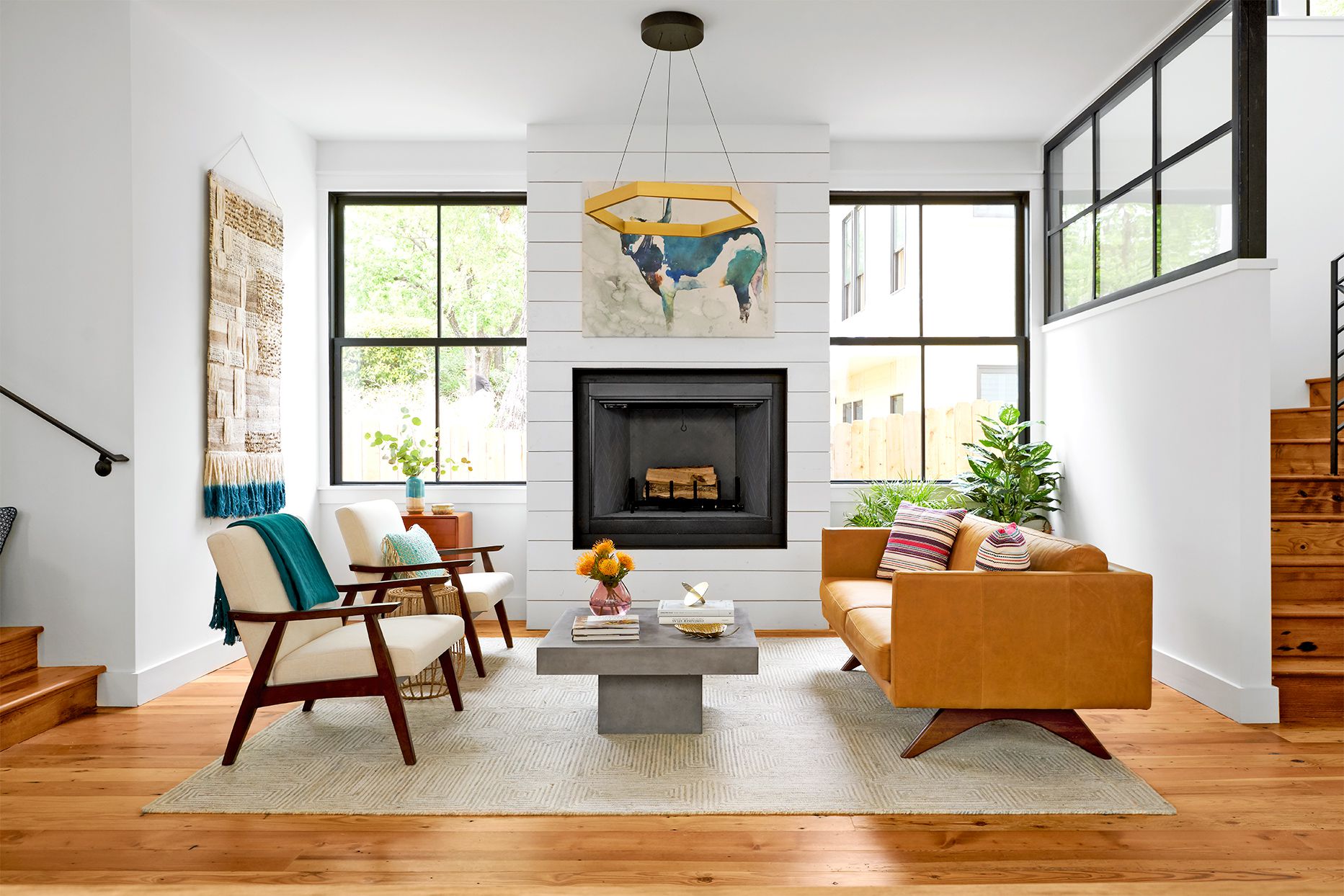
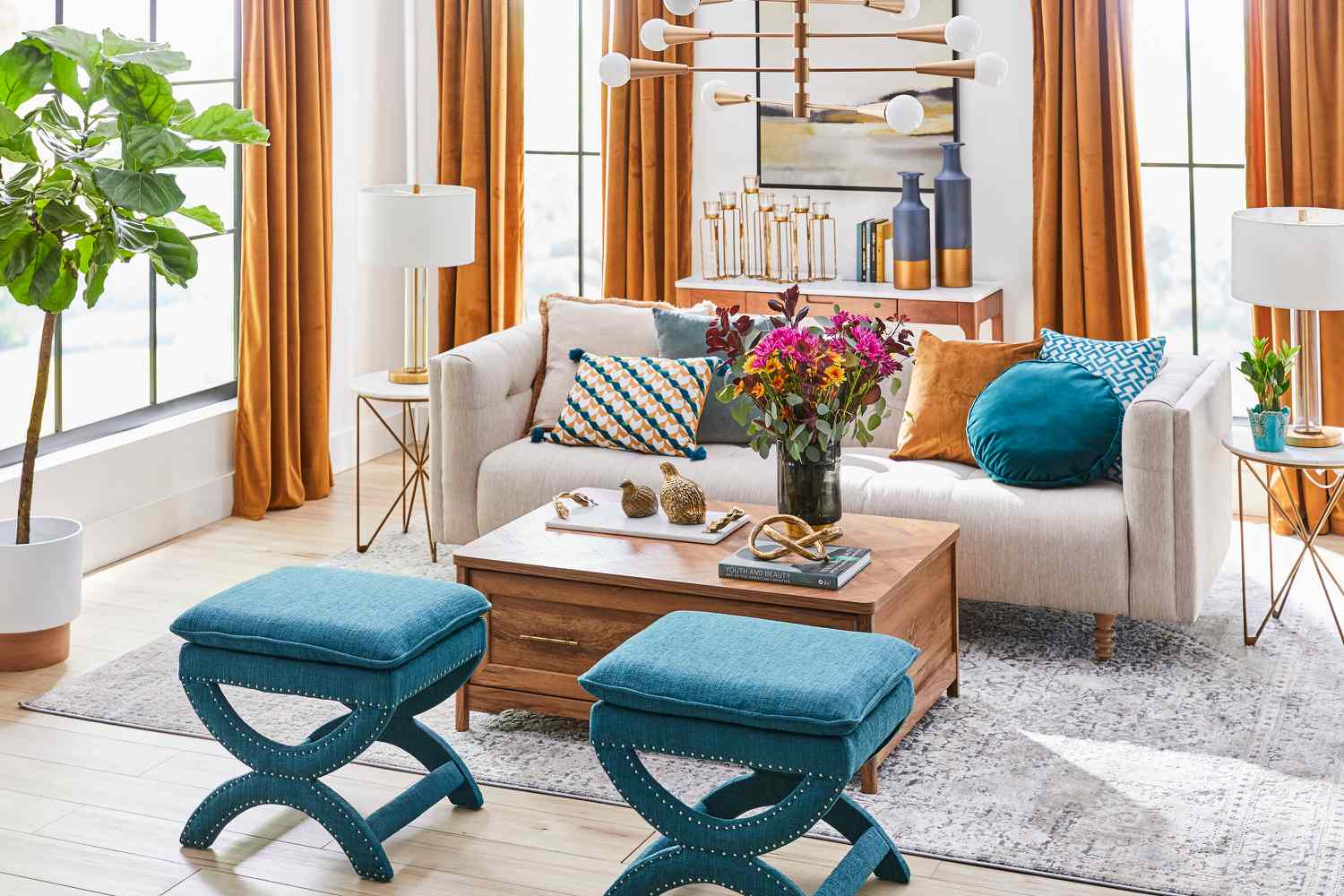
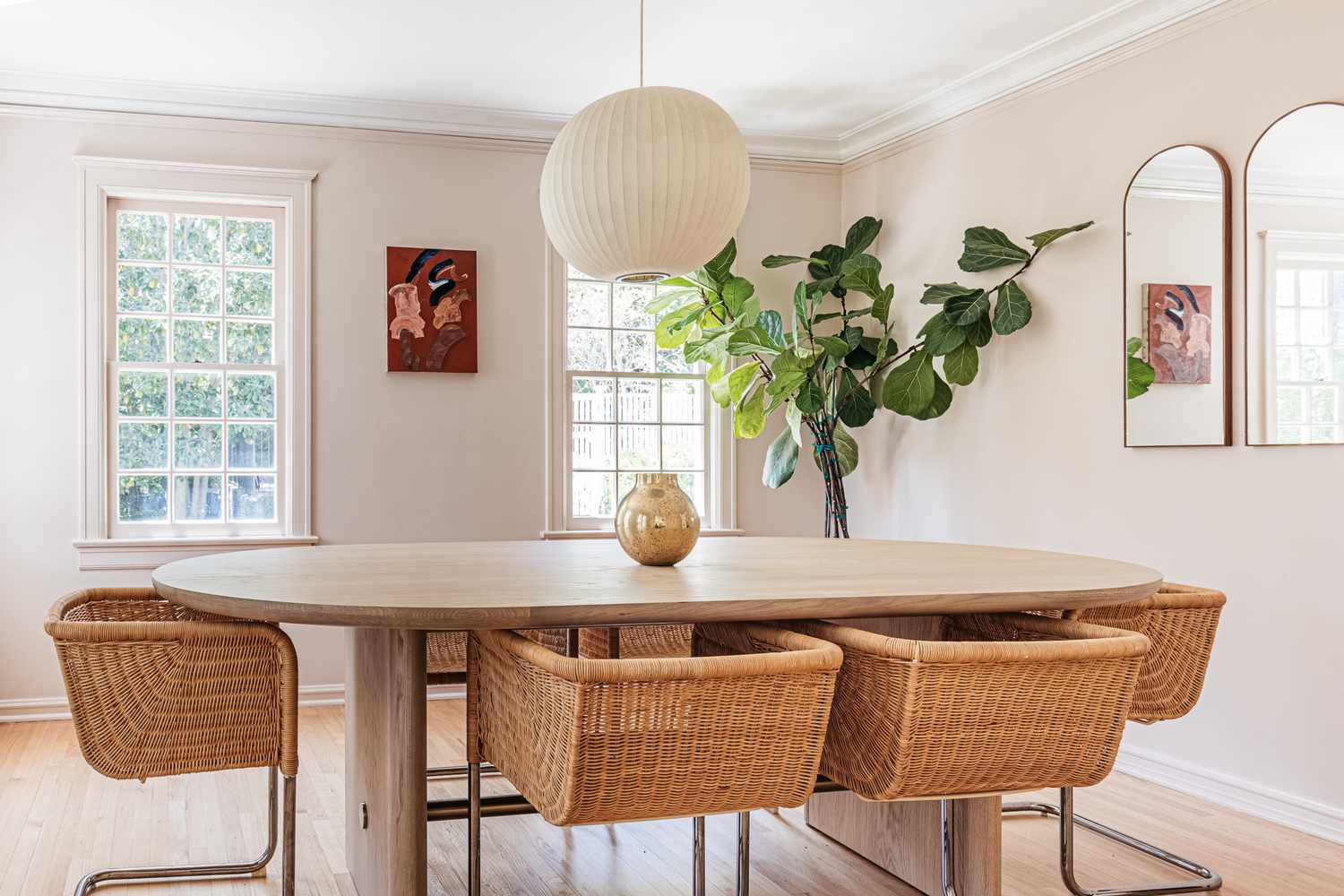
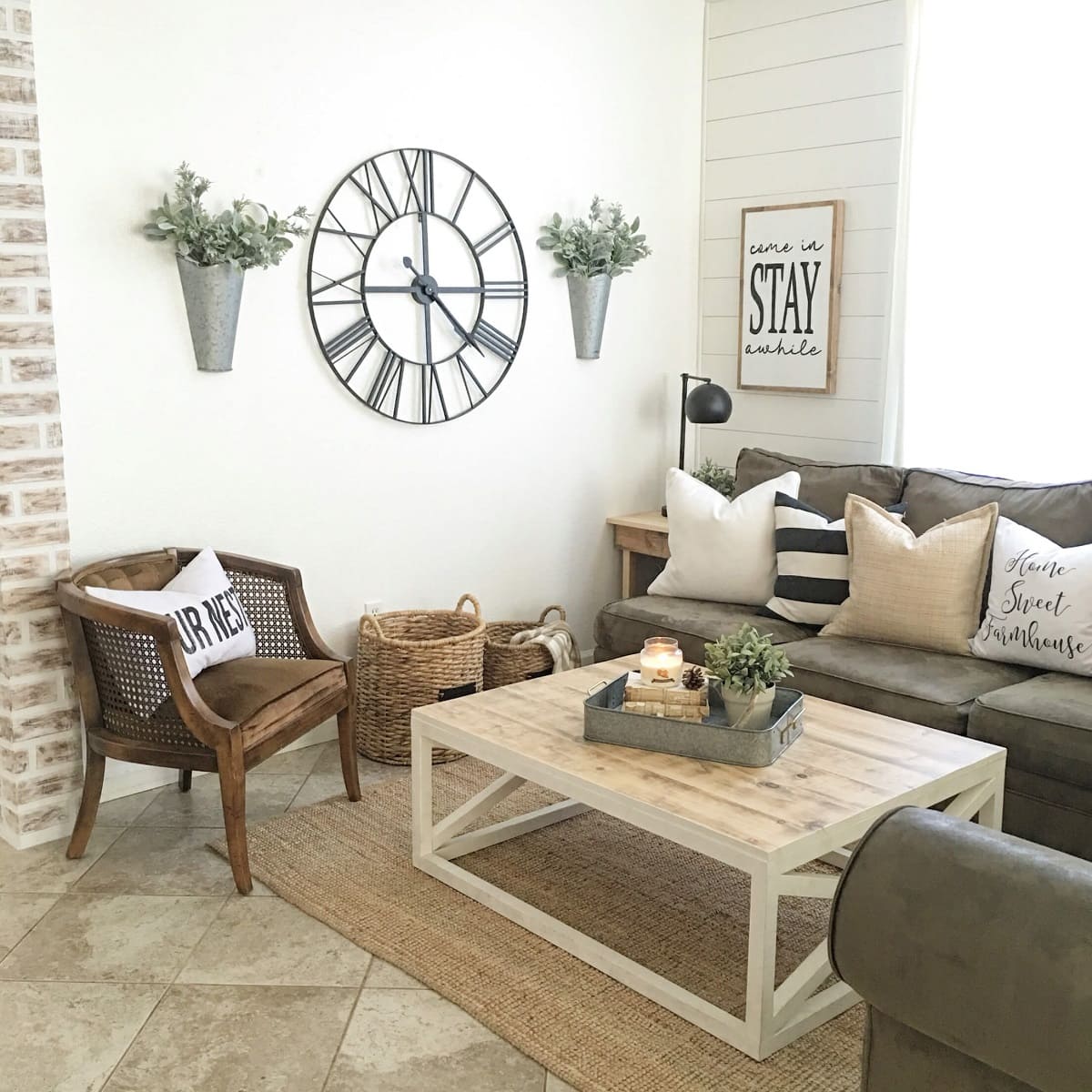

0 thoughts on “How To Decorate My Living Room On A Budget”